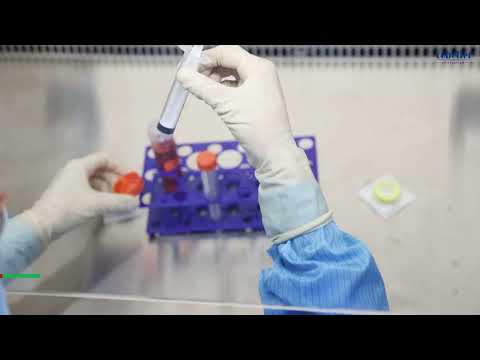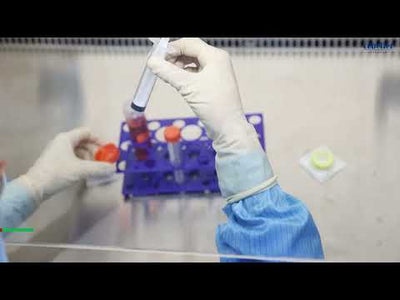Hydrophilic GF Syringe Filters Non-sterile 100pcs/pk
Couldn't load pickup availability
Cobetter glass fiber syringe filters are effective for the filtration of highly viscous samples. They have high compatibility with organic solvents, as well as strong acids and alkalis. The housing is made of premium polypropylene which has a wide chemical compatibility. The over-molded design ensures higher operating pressures. Luer lock inlet/outlet offers a leak-tight syringe connection.
Specifications
| Connections | Inlet | Female Luer Lock | ||
| Outlet | Male Luer Slip | |||
| Materials | Housing |
PP | ||
| Membrane | Glass Fiber | |||
| Wettability | Hydrophilic | |||
| Physical Properties | Pore Size | 0.22μm, 0.45μm, 1.0μm | ||
| Filter Diameter |
|
|||
| Filtration Area |
|
|||
| Maximum Operating Pressure |
|
|||
| pH Range | 2.0 – 11.0 | |||
| Sterility | Delivery Condition | Nonsterile | ||
| Sterilization Method | Not Recommended |
|||
| Package | Pack Size | 100pcs | ||
| Packaging | Bulk packed |
Features
- High dirt holding capacity
- High throughputs
- Excellent chemical compatibility
Applications
- Clarification of environmental, industrial and wastewater samples
- Filtration of viscous solutions
- Prefiltration of viscous serums and tissue media samples before analysis
- Prefiltration of cell media separations
- Filtration of aggressive solvents and reagents
Select by Volume
| Sample Volume | Filter Diameter | Filtration Area | Hold-up Volume |
| < 10mL | 13mm | 0.72 cm² | < 25μl |
| 10mL to 100mL | 25mm | 3.4 cm² | <100μl |
| 100mL to 200mL | 33mm | 4.5 cm² | < 125μl |
How to use a syringe filter?
Choose the right type of membrane material based on the properties of your sample. Be careful of the chemical compatibility to avoid extractables and leachables. Read this article about How to choose a syringe filter.
1. Load the sample into the syringe.
2. Attach the filter to the luer-lock of the syringe with a twisting motion. Make sure it is securely attached.
3. Filter the sample. Hold the syringe and filter vertically, and gently press the plunger to push the sample through the filter. Take care not to apply too much force or you may damage the filter.
4. Discard the used filter and repeat for the next sample.
- Chemical_Compatibility_Chart_for_Syringe_Filters Download
















